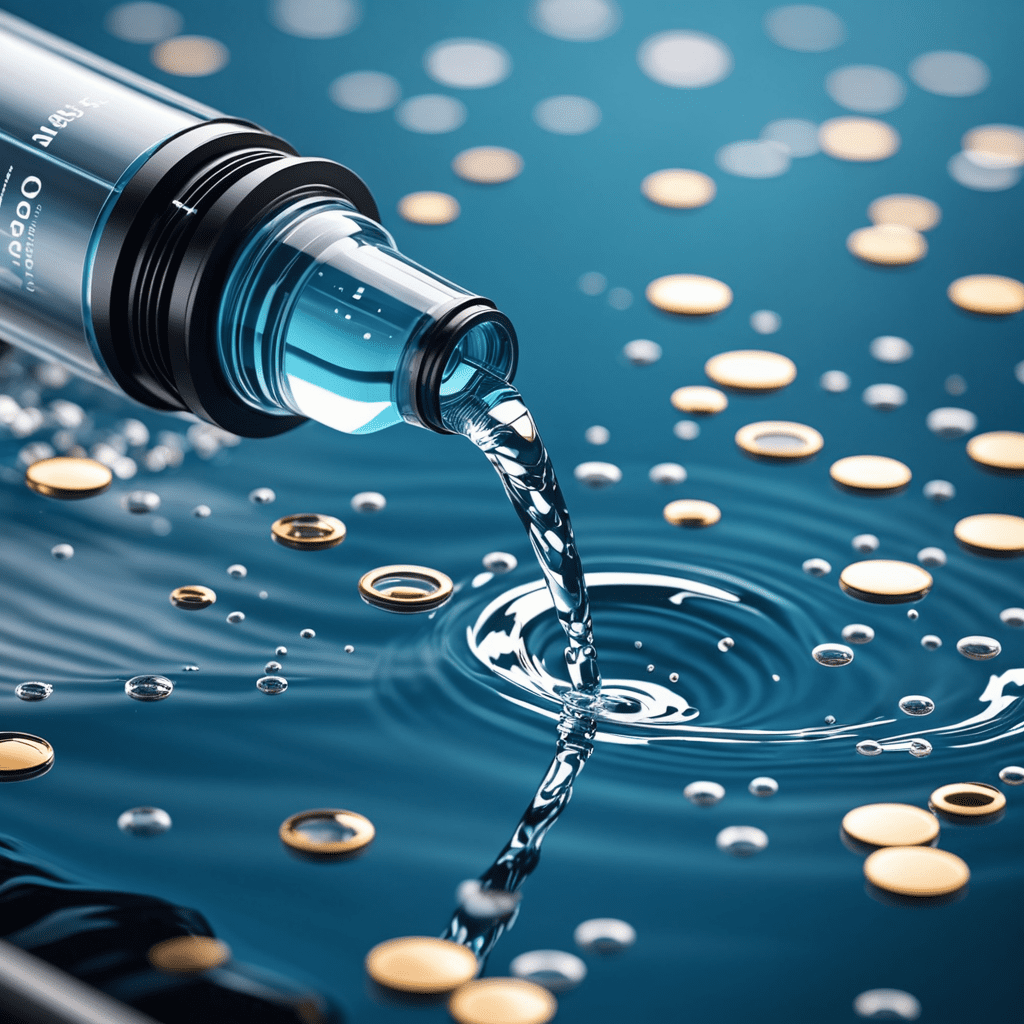Nanotechnology in Automotive Safety: Enhancing Automotive Safety with Nanotech
The Impact of Nanotechnology in Automotive Safety
Nanotechnology is revolutionizing the automotive industry by enhancing safety features through the utilization of nanomaterials. These materials, on a nanoscale level, possess unique properties that improve the performance and durability of safety components in vehicles.
Improving Collision Resistance
Nanotechnology allows for the development of stronger and lighter materials for vehicle construction. Carbon nanotubes, for instance, can be incorporated into the structure of cars, making them more resistant to impacts and collisions. This enhances passenger safety by reducing the risk of injury during accidents.
Enhanced Airbag Effectiveness
By incorporating nanomaterials into airbag fabrics, manufacturers can improve their effectiveness in cushioning passengers during a collision. Nanoparticles strengthen the fabric, making it more durable and reliable in quickly deploying to protect occupants in the event of a crash.
Self-Healing Materials for Enhanced Durability
Nanotechnology enables the creation of self-healing materials that can repair minor damages automatically. This technology can be applied to automotive safety components such as bumpers or body panels, ensuring that the vehicle remains structurally sound even after sustaining minor impacts.
Improved Visibility and Communication
Nano-coatings with hydrophobic properties can be applied to windows and mirrors, repelling water and dirt to maintain visibility in adverse weather conditions. Additionally, nanotechnology facilitates the integration of smart sensors into vehicles, enhancing communication systems for safer driving experiences.
Reduced Fire Hazards with Nanomaterials
Nanotechnology plays a crucial role in developing flame-resistant materials for automotive safety. Nanoparticles can be incorporated into the interior of vehicles to reduce flammability, enhancing passenger safety by minimizing the risk of fire-related accidents.
Future Prospects of Nanotechnology in Automotive Safety
As research and development in nanotechnology continue to advance, the future of automotive safety looks promising. Innovations in nanotech applications are expected to further enhance vehicle safety features, ultimately reducing the number of accidents and improving overall road safety for drivers and passengers.
FAQs about Nanotechnology in Automotive Safety
What is nanotechnology in automotive safety?
Nanotechnology involves manipulating materials at the nanoscale to enhance properties. In automotive safety, nanotech is used to improve vehicle safety features, such as stronger materials for enhanced crash resistance.
How does nanotechnology enhance automotive safety?
Nanotech enables the development of advanced materials like nanocomposites, which are lightweight yet incredibly strong. These materials can be used in vehicle structures to improve crashworthiness and impact resistance.
What are some examples of nanotechnology applications in automotive safety?
Nanotechnology is utilized in producing impact-absorbing materials like nanostructured polymers and carbon nanotubes for strengthening vehicle components. Nanoparticles can also enhance visibility through improved coatings on windows for better visibility.
Is nanotechnology in automotive safety already in use?
Yes, various car manufacturers are incorporating nanotechnology in their safety features. From improving structural integrity to enhancing airbag deployment systems, nanotech plays a crucial role in advancing automotive safety standards.
Are there any potential drawbacks to nanotechnology in automotive safety?
While nanotechnology offers significant benefits, potential drawbacks include concerns about environmental impact during production and disposal of nanomaterials. Additionally, ensuring proper regulations and safety standards for nanotech use in vehicles is essential.

